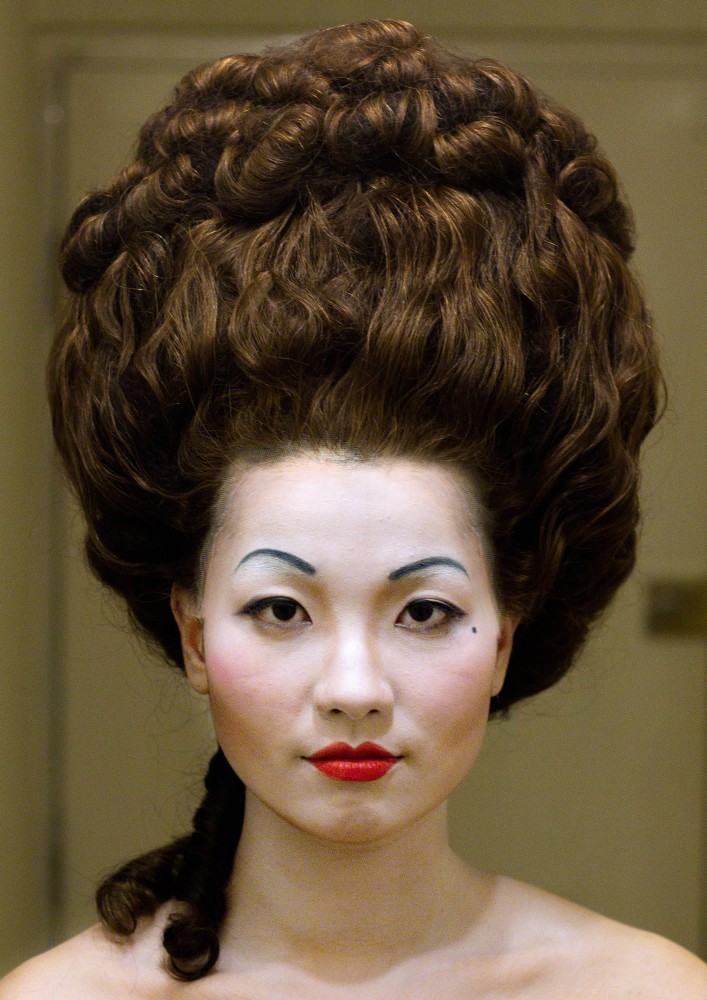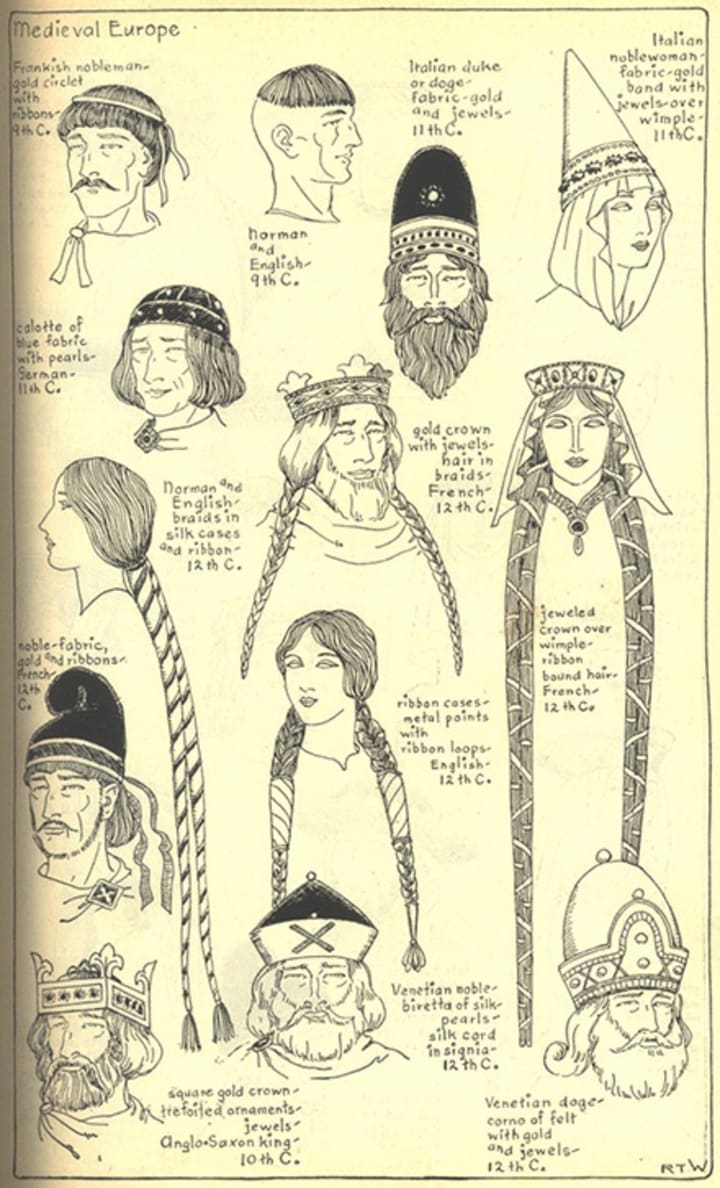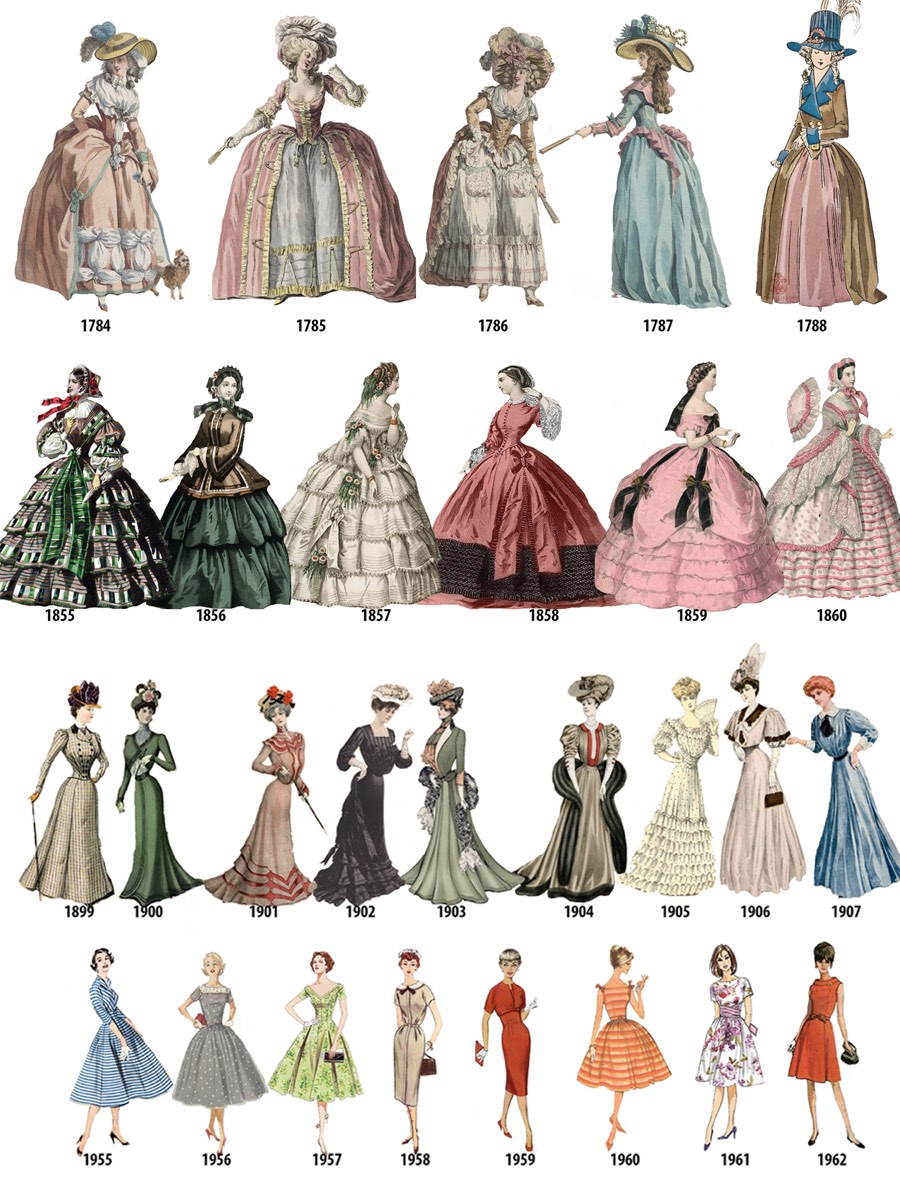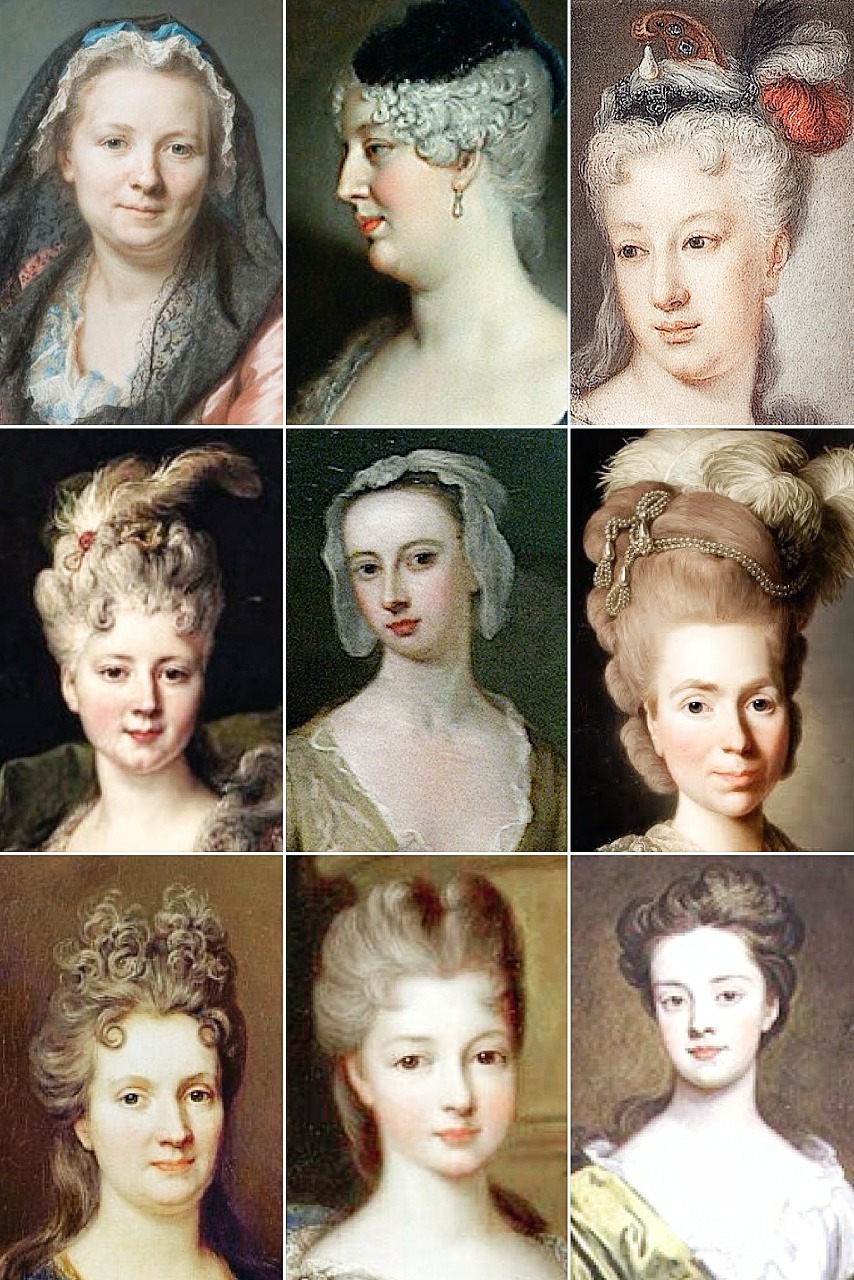One Of The Best Tips About What Were The Hairstyles Of 11th Century Pictures Cute For Homecoming

Male grooming was influenced by various cultural, social, and artistic.
What were the hairstyles of the 11th century. When we talk about the ‘20s, ‘30s, or ‘40s, he can explain the references, what exactly was happening in fashion in those years, which couturiers were important. Several years ago i wrote a post on regency hairstyles and their accessories. According to a treatise called “de ornatu mulierum” written by trotula de ruggiero in the 11th century, there were recipes for concocting homemade.
Throughout the medieval history with the development. Wine peasant in a simple coif, c 1180. Among the upper classes, braids and buns were very popular and it was also common.
During this period, beginning with the middle and upper classes, hose becam… The century began while the. Whereas the egyptians shaved their heads and.
From the bob cuts of the roaring '20s to the flowing locks of the '60s and the wild textures of the '80s, hairstyles have evolved significantly through history. This series of images starts much earlier than the regency. Among working men it would seem that the coif has been one of the most.
Easy to maintain or elaborate and fanciful? Since the beginning of medieval period, as medieval costumes headwears too were essential part of attire. In this blog post, we'll.
The different styles of hats and headgear. Male hairstyles were linked to social status. Tailored cloth leggings called chausses or hose, made as separate garments for each leg, were often worn with the tunic;
In european history, the 11th century is regarded as the beginning of the high middle ages, an age subsequent to the early middle ages. People did use dye, though they didn’t have the luxury of stopping by a beauty supply store for everything they needed for some fabulous medieval hairstyles. In the 11th century, women wore kirtles or dresses that were similar to men's tunics.
As long as humans have existed, we've had to figure out what to do with our hair. Underclothes consisted of an inner tunic (french chainse) or shirt with long, tight sleeves, and drawers or braies, usually of linen. The history of male hairstyles in medieval europe spans from the early middle ages to the renaissance.
Monks were a part of the priesthood, and all priests.



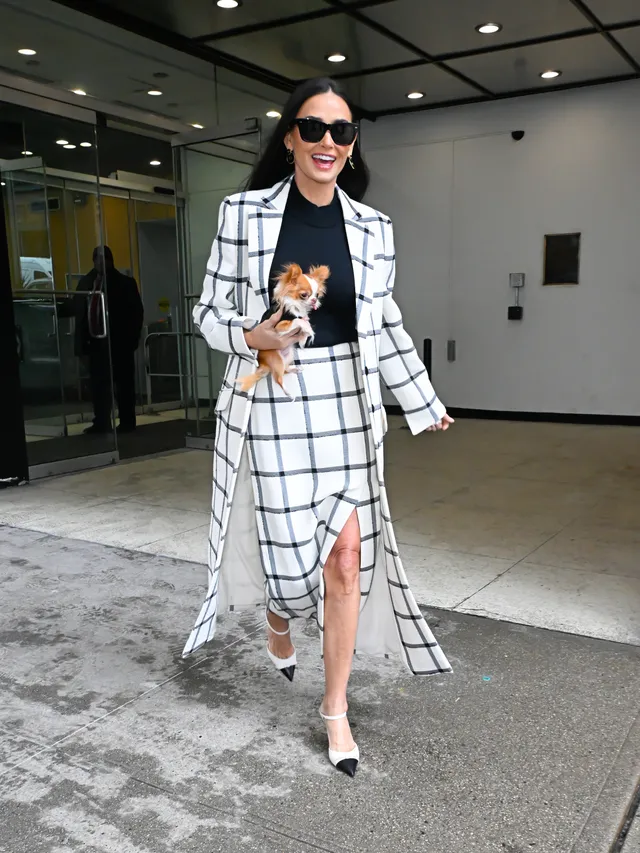




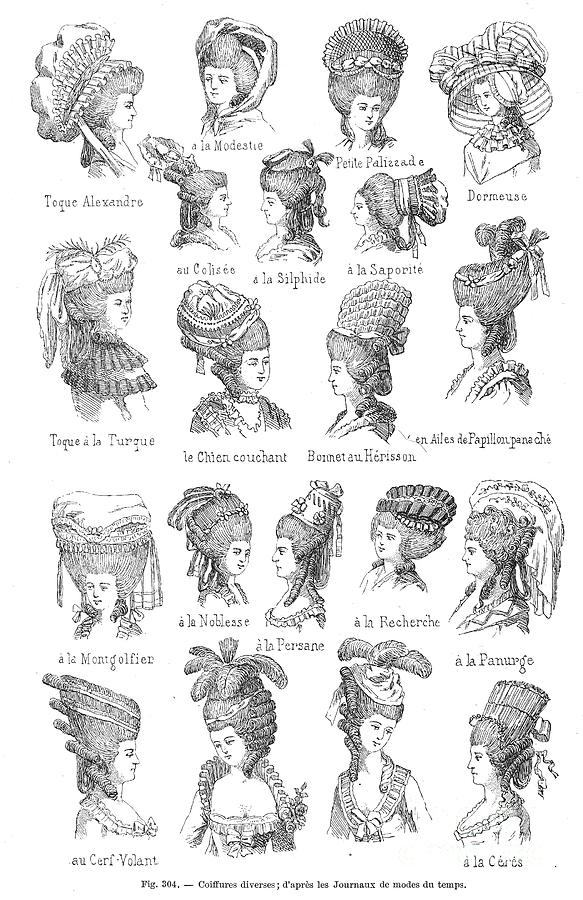
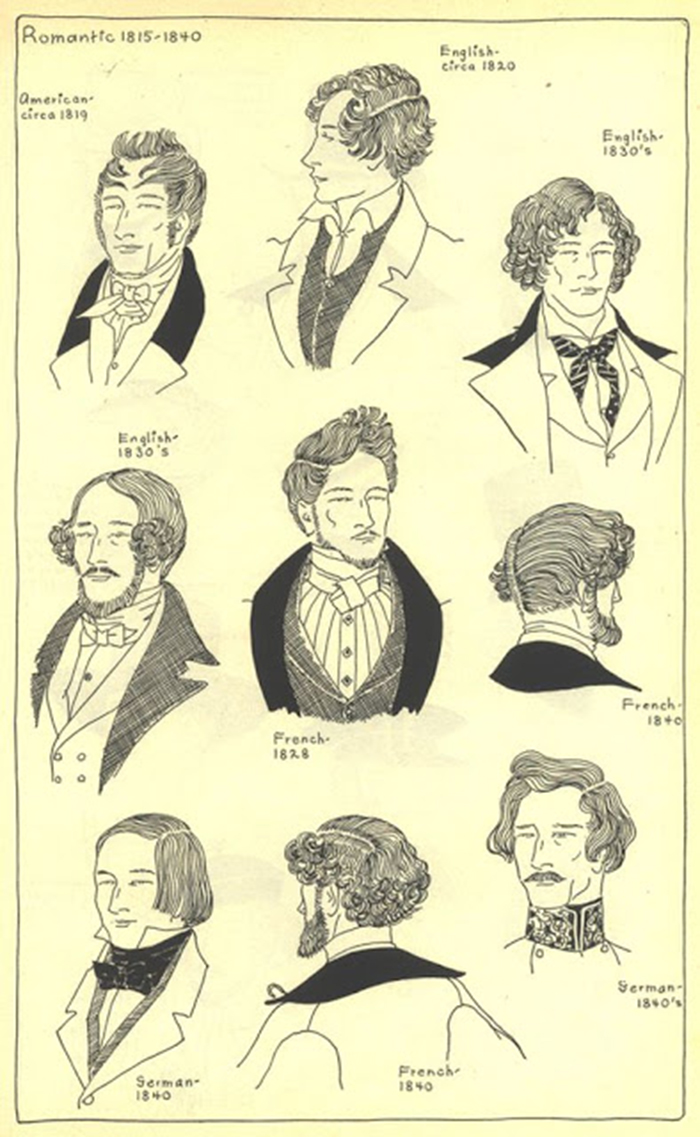




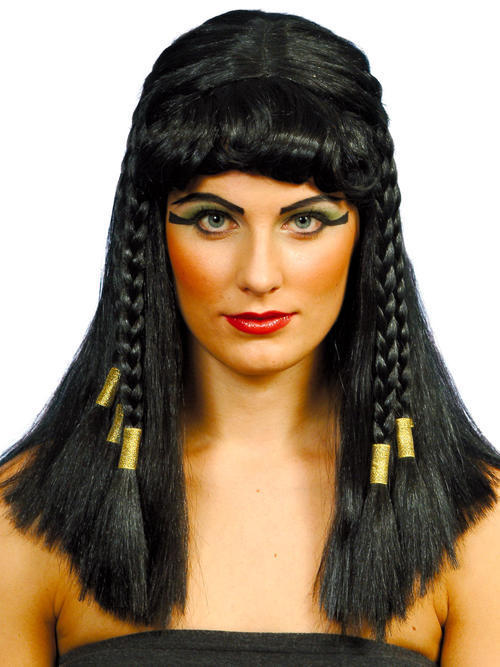

.jpg)
